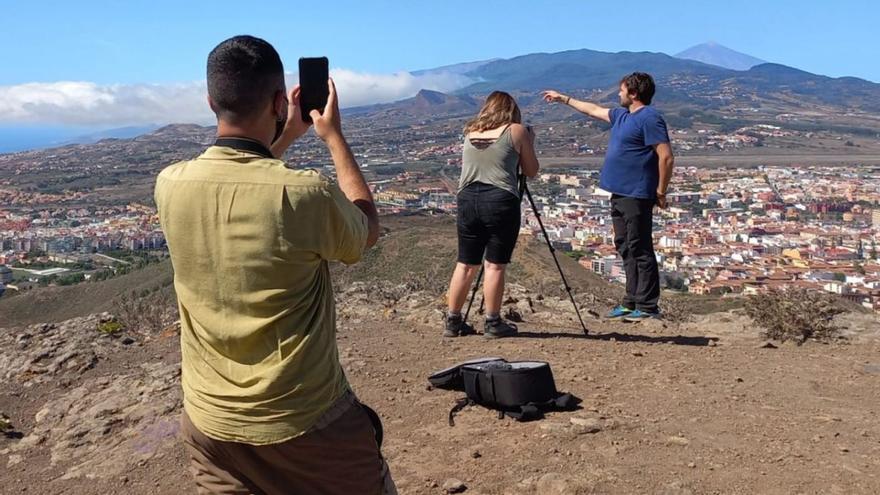
The General Directorate of Cultural Heritage of the Government of the Canary Islands promotes the first archaeological study carried out on the Island on the watchtowers. The Vigilant project focuses on the northeast of Tenerife, under the direction of a multidisciplinary team from the University of La Laguna (ULL) and the Catalan Institute of Classical Archeology, in collaboration with researchers from the universities of Seville and Barcelona.
This joint work aims to shed new light on the historic network of defensive viewpoints that warned of the arrival of corsairs to the island. Tenerife is full of geographical accidents that have already aroused the interest of the Guanches to stretch out to the horizon. In addition, since the 16th century they served as a basis to warn of frequent naval attacks. The prospects in the northeast area inaugurate an initiative that seeks to determine the location of these enclaves in order to proceed further with this base to develop future excavations.
According to documentary sources, the defensive strategy was carried out by means of an interconnected network of watchtowers that sent and repeated signals of fire and smoke. However, there are practically no archaeological studies on its location and material characterization.
For this reason, Cultural Heritage has promoted the inventory of these surveillance spaces. The work has a historical interest related to making visible the first line of defense of the capital area and also archaeological by applying new lines of study. It promises to shed new information on the operation of this network and the creation of the first cultural landscapes after the conquest.
Public resources
Antonia Perera, general director of Cultural Heritage, values: “For the Government of the Canary Islands it is of interest to allocate public resources to study the surveillance devices and watchtowers that protected the population.” He assures that these are “strategic enclaves of social and geopolitical importance that inform us of the defense network created over centuries” so it is necessary “to understand its development, through archeology, to learn more about our past.”
The watchtowers also meet very specific spatial criteria, since “they require visibility and intervisibility between enclaves and must be accessible, among other characteristics,” explains Francesc Conesa, co-director of the project. Conesa has carried out a research stay at the Micromorphology and Archaeological Biomarkers Laboratory (AMBI Lab) of the ULL. He has contributed to the integration of remote sensing and geoarcheology of soils and sediments.
During a field visit, the remains of a circular stone structure atop a prominent hill near La Laguna, the island’s historic capital, were documented. Neighbors and local hikers were aware of the structure, but it did not appear in any official inventory of heritage. A preliminary search of archives, aerial photographs, and topographic maps yielded more locations that might have similar structures.
The watchtowers were arranged on the peaks with good intervisibility to repeat the signals to the port, Santa Cruz, and La Laguna. In the documented network, the first began in the Tafada Mountain and from there it went to the Sabinal, both in Anaga, Igueste and San Andrés. The notices reached the Castillo de San Cristóbal in the capital and then traveled to the Mountains of Taco and Ofra.
After the recovery of fifty historical documents, a geospatial analysis was carried out that included the recovery of toponymy and the reconstruction of the lines of visibility between watchtowers, at the same time that a program of archaeological surveys was developed with digital photogrammetry techniques.
For Jared Carballo, co-director of the project, there are natural watchtowers, without material evidence but located by toponymy or textual sources, and those with construction remains. The surveys have been superficial, but a second phase will be added to the excavation “and in the long term its integration into new cultural routes,” says Conesa. Vigilant will allow the establishment of basic and common criteria to extend the investigation to the entire island, as there is evidence of historical watchtowers in the north and south.















